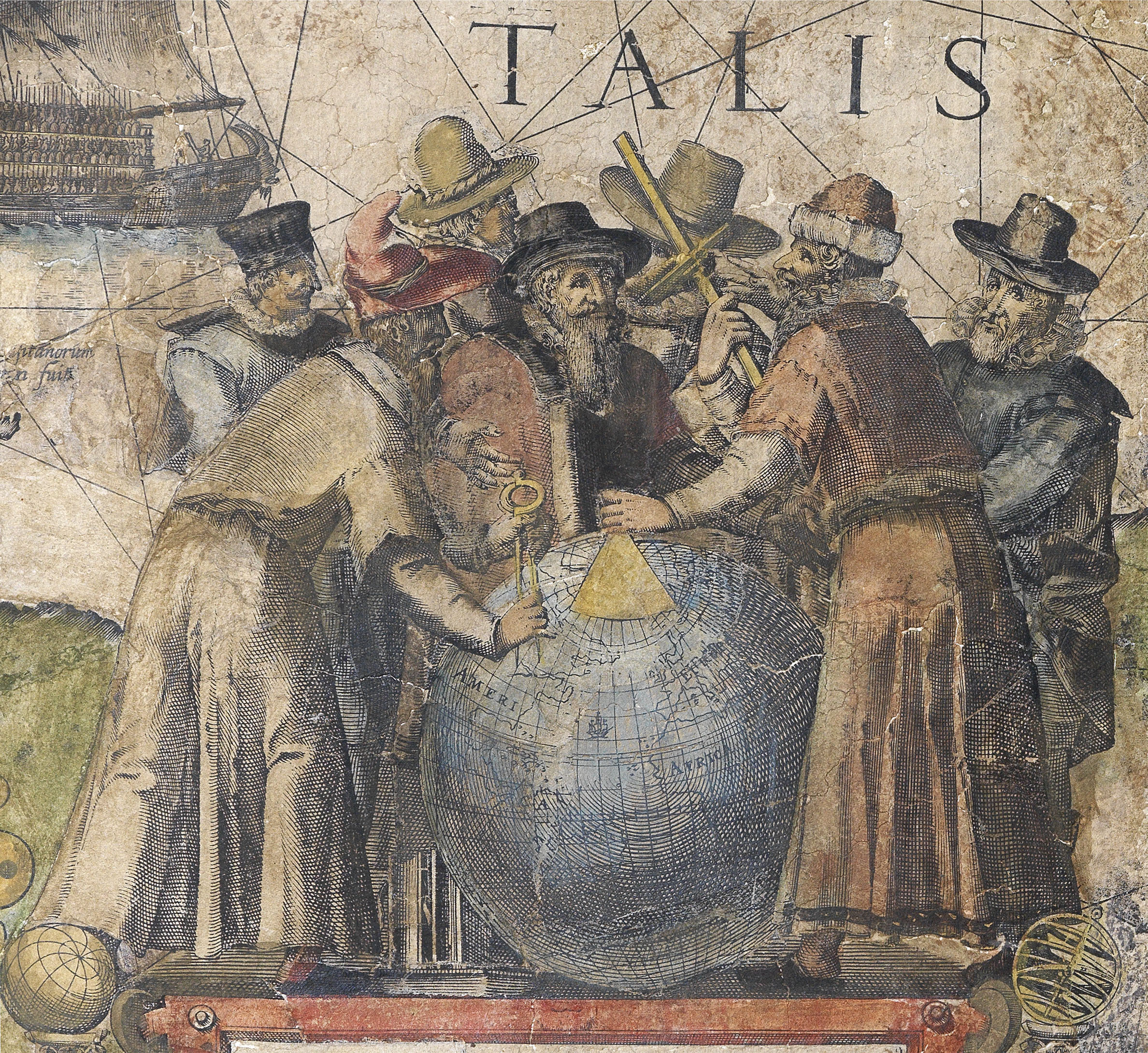Sebastián de Ruesta

An Architect from Aragón, Sebastián de Ruesta graduated as a Master of Wood Architecture in the city of Zaragoza. He was the son of Francisco de Ruesta, Infantry Captain, Chief Pilot of the Carrera de las Indias, Philosopher and Mathematics Professor. He might have received early mathematical training from his father which was probably useful in his career as an Architect and later on as a Cosmographer at the Casa de la Contratación.
His first relevant projects were collaborations with other artists, such as the funerary monument built for Prince Baltasar Carlos (1644-1646) in Zaragoza as well as the altarpiece of the Basílica de San Lorenzo in Huesca (1648).
By 1646, Sebastián de Ruesta had moved to Madrid where he married Isabel Jut y Correa. His father’s position in Seville was a key factor in his appointment as the Chief Master of the Alcázares Reales by Luis Mendez de Haro y Guzmán, Marquis of Carpio and Governor of Seville on 30 March 1650. His role was primarily focused on the maintenance and conservation of the building.
In 1653, he was appointed Cosmographer and Mathematical Instrument Maker at the Casa de la Contratación by King Philip IV. Three years later, he was granted permission to print a nautical chart he had produced.
Between 1658 and 1659, he worked for the Spanish Army in the war against Portugal, achieving the rank of Captain. During his time in Seville, Ruesta built a good reputation as an Architect. He was commissioned for multiple projects, such as the façade of the Capilla del Sagrario in 1655, on which he worked with Architect Pedro Sanchez de Falconete and Engineer Martín Rodriguez de Castro. He completed a design proposal for the upper part of the dome of the former chapel in 1661. He had a close relationship with Sculptor and Altarpiece Maker, Francisco de Rubas, with whom he worked on several projects. He had a broad artistic career and by the end of his life, he had a vast library – including fifty books on Architecture – in his possession.
Sebastián de Ruesta died on 28 November 1669 and was buried in one of crypts of the church of the Convento del Espíritu Santo de Clérigos Menores, which he had designed.
 地图
地图  地图集
地图集  珍本
珍本  版画
版画  天文仪器
天文仪器 






